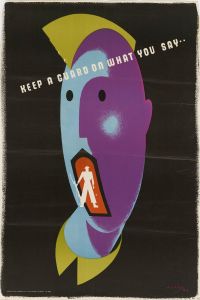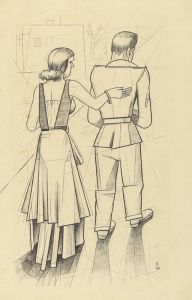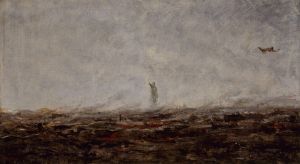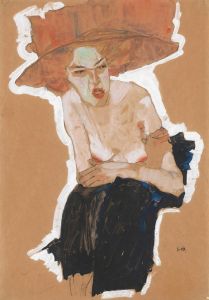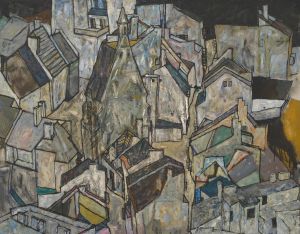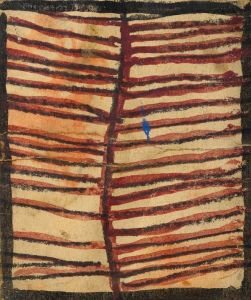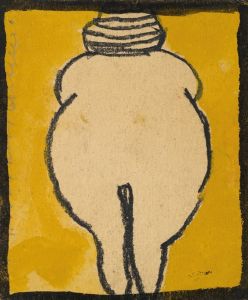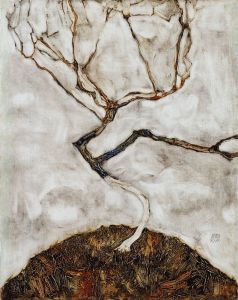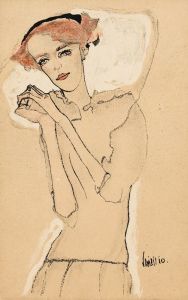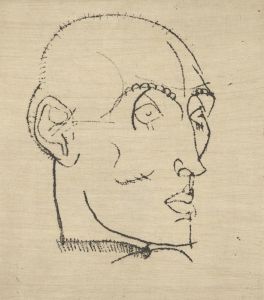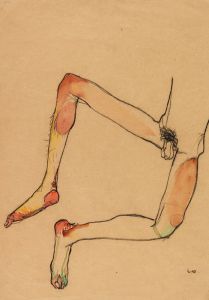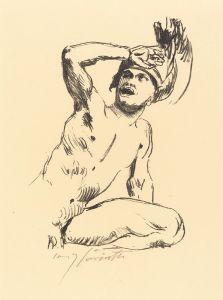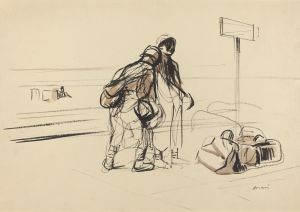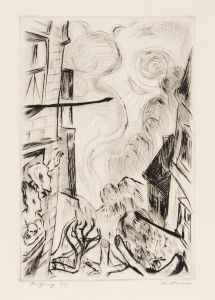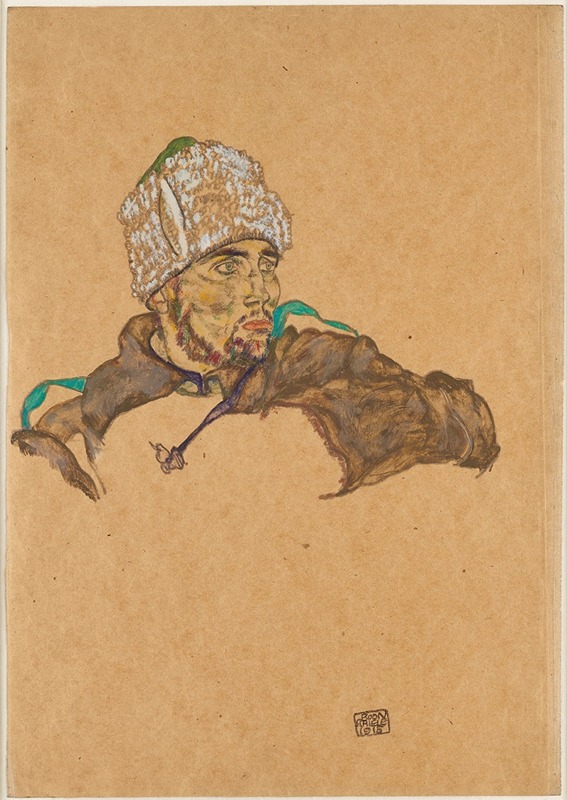
Russischer Kriegsgefangener
A hand-painted replica of Egon Schiele’s masterpiece Russischer Kriegsgefangener, meticulously crafted by professional artists to capture the true essence of the original. Each piece is created with museum-quality canvas and rare mineral pigments, carefully painted by experienced artists with delicate brushstrokes and rich, layered colors to perfectly recreate the texture of the original artwork. Unlike machine-printed reproductions, this hand-painted version brings the painting to life, infused with the artist’s emotions and skill in every stroke. Whether for personal collection or home decoration, it instantly elevates the artistic atmosphere of any space.
Egon Schiele, an Austrian painter known for his distinctive style and contribution to early 20th-century art, created the painting "Russischer Kriegsgefangener" (Russian Prisoner of War) in 1916. This work is part of Schiele's exploration of human figures and emotions, often characterized by raw and expressive depictions. Schiele's art is frequently associated with the Expressionist movement, which sought to convey emotional experience rather than physical reality.
"Russischer Kriegsgefangener" was painted during World War I, a period that significantly impacted Schiele's life and work. The war had a profound effect on many artists of the time, influencing their subject matter and the emotional depth of their work. Schiele himself was drafted into the Austro-Hungarian army in 1915, although he was stationed in a relatively safe position as a guard for Russian prisoners of war, which allowed him to continue drawing and painting.
The painting depicts a Russian prisoner of war, a subject that reflects the broader context of the war and its human toll. Schiele's portrayal is marked by his characteristic use of bold lines and a somber color palette, capturing the vulnerability and humanity of the prisoner. The figure is often shown in a contemplative pose, which may suggest introspection or resignation, common themes in Schiele's work during this period.
Schiele's style is notable for its emphasis on the psychological state of his subjects. In "Russischer Kriegsgefangener," this is evident in the way the figure is rendered with a sense of isolation and introspection. The painting's composition and the use of space around the figure contribute to a feeling of confinement, perhaps mirroring the physical and emotional conditions of prisoners of war.
The painting is also significant for its historical context. During World War I, the treatment and depiction of prisoners of war were subjects of interest and concern. Schiele's work provides a personal and artistic perspective on these individuals, who were often dehumanized in broader wartime narratives. By focusing on a single prisoner, Schiele humanizes the broader experience of war and captivity.
Egon Schiele's work, including "Russischer Kriegsgefangener," is often examined for its exploration of existential themes and its reflection of the artist's own experiences and observations. Schiele's ability to convey deep emotion and psychological complexity through his art has cemented his place as a significant figure in modern art history.
Today, Schiele's works are celebrated for their innovative approach to form and emotion. "Russischer Kriegsgefangener" remains an important piece within his oeuvre, illustrating his engagement with the human condition and the impact of historical events on individual lives. The painting is a testament to Schiele's skill in capturing the essence of his subjects, making it a poignant reminder of the personal stories within the broader sweep of history.





